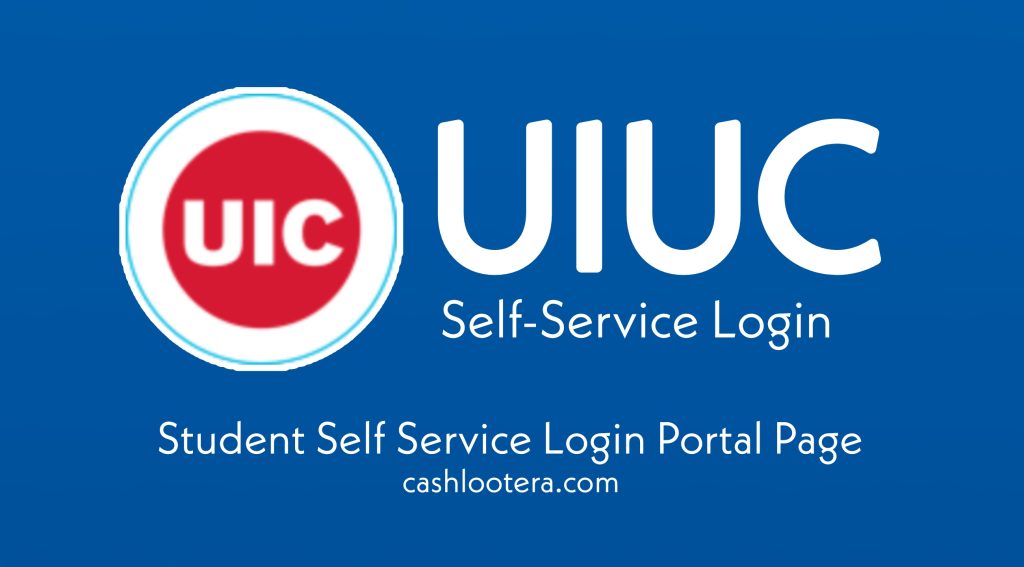The smartphone and tablet market is growing at a staggering pace. The quality and variety of mobile devices that exist today, offer great choices to consumers. You don’t have to follow industry analysts from Forrester Research or Gartner to know that this explosion in growth is real; just look at your own family. Chances are your kids, nieces and nephews and maybe your parents and grandparents are using them.
Besides the fact that a lot of people already own these devices there are two more things that make them special: They contain a wealth of personal information and are always powered on. With these advantages of mobile devices, it doesn’t come as a surprise that many companies started developing software uiuc self service for them. In case you are thinking to leverage smartphones and tablets and develop dedicated software, here are some things you may want to consider.
Developing applications in the 90s was simple. Microsoft had around 97% of the market share for their Windows operating system, so if you wanted to develop a software application for a large audience you’d pick Windows. Though Windows market share has declined over the years to around 88% percent, the introduction of rich internet applications has made the development of applications even easier, since they run in all major web-browsers across platforms.
The mobile operating system market is much more fragmented, as yesterday’s numbers from Canalys highlight: Android, the mobile operating system from Google is picking up steam and is available on many if not most non-Apple smartphones and tablets, but in no way comparable to the commanding lead of Microsoft Windows in the desktop market. iOS, the operating system from Apple that runs on the iPhone, iPad and iPod Touch is second. Apart from Apple and Google, Blackberry OS has a significant market share as well. Microsoft just introduced their new Windows Phone 7 OS this October and Nokia introduced their MeeGo OS that has been developed jointly with Intel. Nokia has the largest market share in the overall cell phone market, so it can be assumed that they may play a significant role as well.
With that much diversity in the operating system space, what is the OS you should be developing for? One aspect that may simplify the decision concerns the marketplace for applications, i.e. Apple’s App Store, Android’s and Blackberry’s marketplace.
Apple has without a doubt the most mature App Store, in terms of quantity and quality of the applications. The App Store is the only marketplace where individual developers or companies can offer their software applications for the Apple platform. As a consequence any user that wants to install an application for the iPhone, iPad or iPod Touch has to go to the App Store.
What do I mean by quality? Apple will not guarantee that you like the application but every application is tested to ensure that it is not harmful and will not crash before adding it to the market place. This sounds great in principle but already hints to one of the biggest differences between Apple’s and any other market place: Apple highly regulates their App Store. Assume you are designing and implementing a custom software application for the iPhone. After hundreds of hours you submit it to the App Store only to find out after a couple of days that your application has been rejected for some reason. This decision process has been completely unclear. Recently Apple published their guidelines for a successful submission, which makes things more transparent.
Another thing that is noteworthy is the fact that most applications in this marketplace are not free, instead users are required to pay for them. So if you are planning to charge for your software application and not use advertising as a revenue model, this may be the right place for you.
